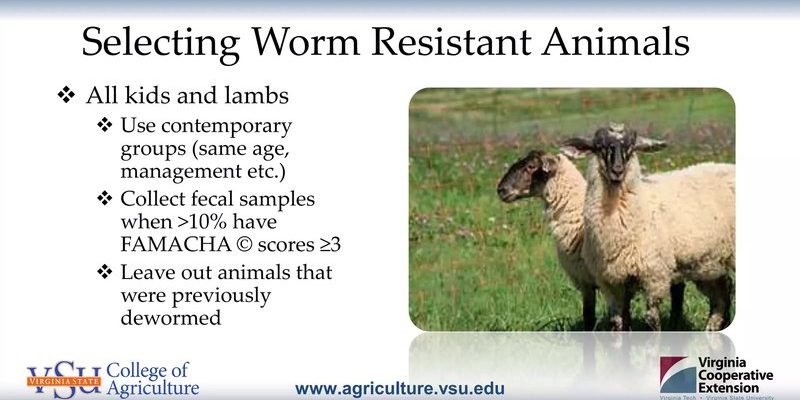
Wolf worms, also known as *Larvae of the warble fly*, typically target animals like sheep and cattle but can affect a variety of mammals. They invade their host’s body, causing not just discomfort but serious health implications. Given the challenges they bring, it raises an intriguing question: Are there mammals out there that can resist these pesky parasites? Let’s explore the intriguing dynamics of this relationship.
What Are Wolf Worms?
To better understand resistance, we should first get acquainted with wolf worms. These parasites are actually larvae of flies, and when they find a host, they can create quite the buzz—figuratively, of course. Wolf worms usually enter through the skin and can end up in various organs, causing inflammation and other complications.
Imagine you’re at a party, and an unwelcome guest just won’t leave you alone. That’s what it feels like for mammals suffering from wolf worm infestations. The symptoms can range from mild irritation to severe health issues like infections or even death in extreme cases. They have a life cycle that is highly dependent on the host, meaning that their survival often leads to the host’s suffering.
So, how do these parasites operate? Female flies lay their eggs on the ground, which then hatch and eventually find a host. They can be particularly tricky because they can remain dormant or only become active when they sense their surroundings are right. Once they infest a mammal, these larvae can stay put and wreak havoc.
Which Mammals Are Affected by Wolf Worms?
Wolf worms are not picky eaters. They typically target a range of mammals, including livestock and wild animals. Here’s a quick overview:
- Sheep: One of the most common victims, often suffering significant health issues.
- Cattle: Like sheep, cattle can be severely affected, leading to disease and economic losses.
- Dogs: Domestic pets can also contract wolf worms, making it necessary for pet owners to be vigilant.
- Wild animals: Various wild mammals, including deer and bears, can become hosts, impacting their survival and health.
You might be wondering why these mammals are so susceptible. It’s often because they roam in areas where these fly larvae thrive. The more time they spend in such environments, the higher their risk of becoming hosts for wolf worms.
Resistance in Mammals: Is It Possible?
Now, let’s tackle the big question: Can any mammals show resistance to wolf worms? The answer is a bit complex, but yes, some mammals seem to possess a better defense mechanism against these larvae. Just like in any ecosystem, there’s always a struggle for survival, and these mammals have learned to adapt.
For instance, certain wild species, like foxes and coyotes, have shown a degree of resilience. They might be more active in grooming or have behaviors that naturally reduce their risk of infestation. And then there are other species that seem more susceptible, leading to higher mortality rates.
One fascinating aspect of resistance is the role of genetics and the immune system. Some mammals have evolved to develop a more robust immune response to fight off these invaders. This adaptation can become crucial in survival, especially in environments where exposure to parasites is high.
The Role of Environment and Behavior
Environment plays a crucial role in determining whether a mammal can resist wolf worms. It’s not just about having a strong immune system; it’s also about lifestyle choices. Animals that live in cleaner environments may have a much lower chance of encountering these parasites.
For example, mammals that are more solitary or have territorial behaviors might have less exposure to infected hosts or contaminated areas. Similarly, animals that actively groom themselves are more likely to remove any larvae before they can cause harm. This means that behavior can significantly influence how well an animal can protect itself from wolf worms.
In essence, the environment and behavior go hand in hand. An animal’s habitat, its diet, and social interactions all play essential parts in its vulnerability or resilience to parasites like wolf worms.
Implications for Wildlife and Conservation
Understanding which mammals show resistance can have significant implications for wildlife management and conservation efforts. For instance, if certain species are more resistant, conservationists can focus on protecting their habitats to ensure their population remains stable.
Moreover, studying resistance can guide breeding programs for livestock. By identifying which breeds are less susceptible, farmers can work towards healthier herds, resulting in more sustainable farming practices.
Here’s the thing: knowing which mammals are vulnerable to wolf worms allows us to take proactive measures to conserve species and promote healthier ecosystems. It’s like being on a team where everyone plays a role, thus maintaining balance for the benefit of all.
Closing Thoughts
As we’ve seen, wolf worms might be small, but their impact on mammals is anything but minor. While certain mammals do show resistance to these parasites, it’s a mix of behavior, environment, and genetics that shapes their survival.
In the grand scheme of nature, understanding these dynamics helps us appreciate the complex web of life. So, whether you’re a wildlife enthusiast or just curious about the animal kingdom, remember that there’s always more to learn about these fascinating interactions. By studying resistance, we can better protect both wildlife and our beloved pets from the sneaky threats posed by wolf worms.

